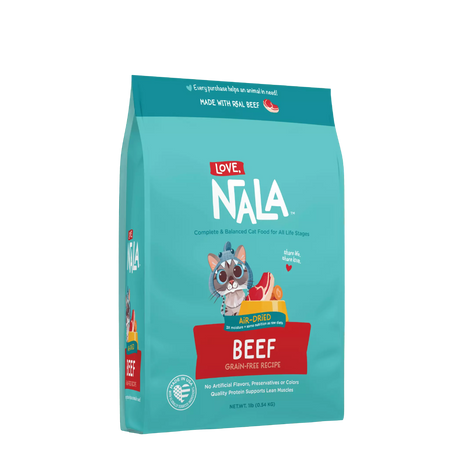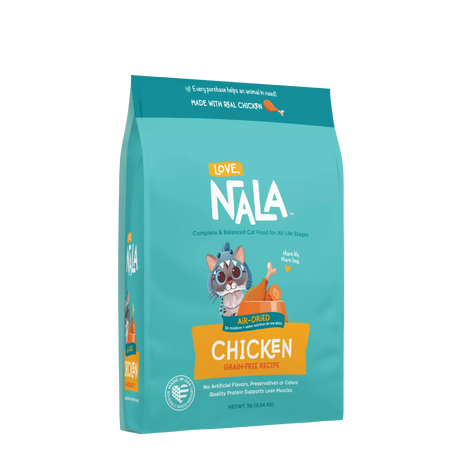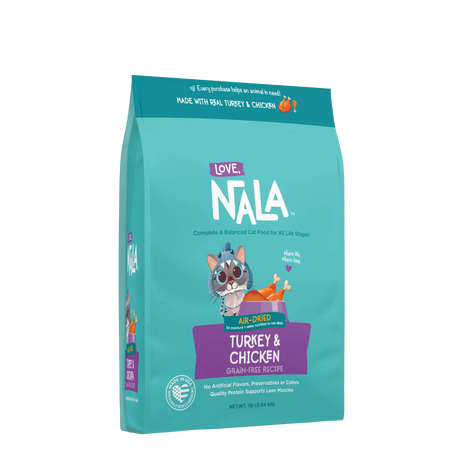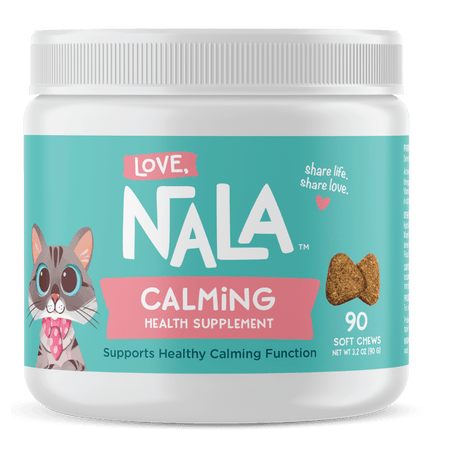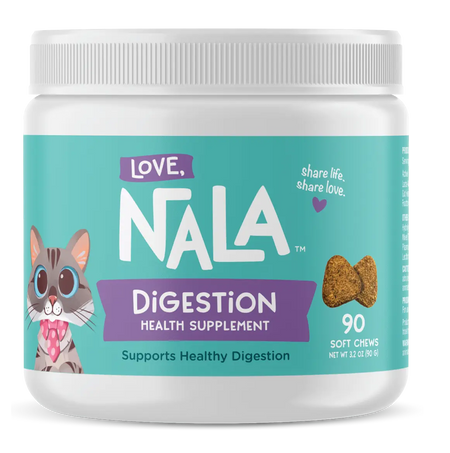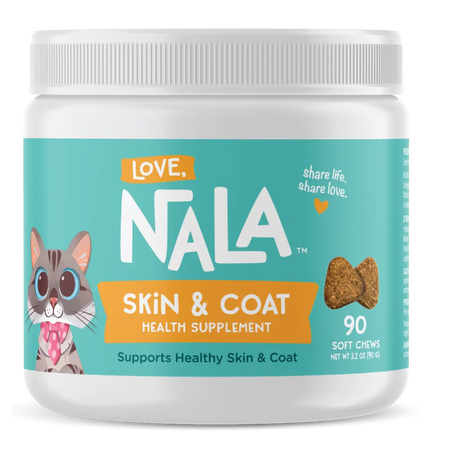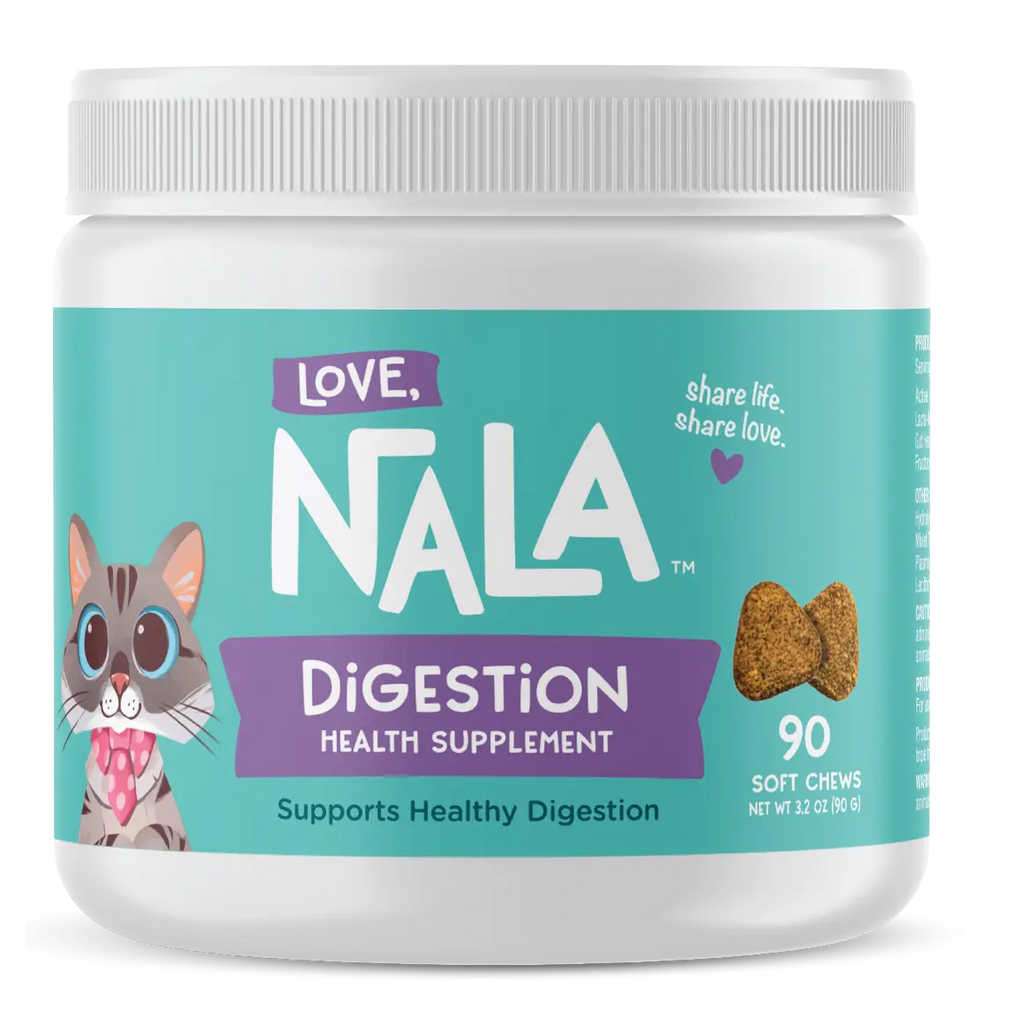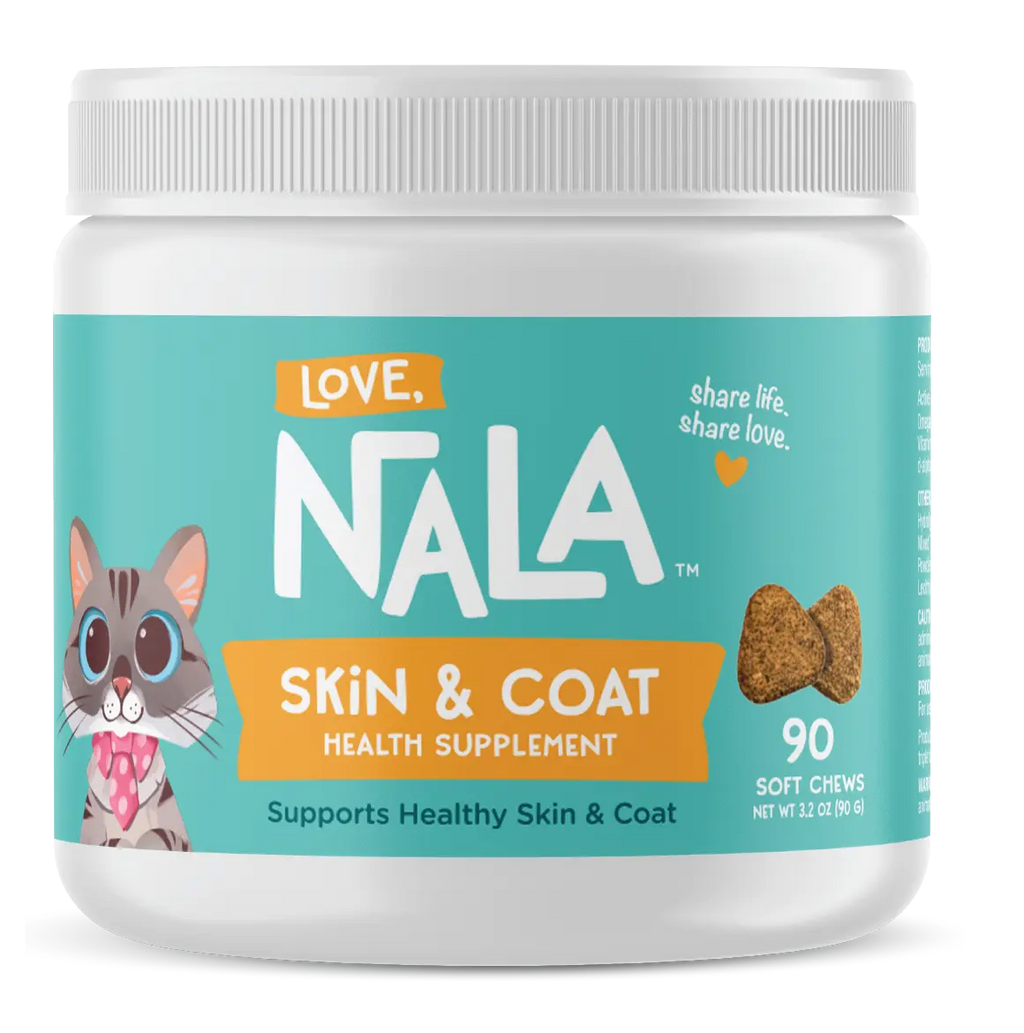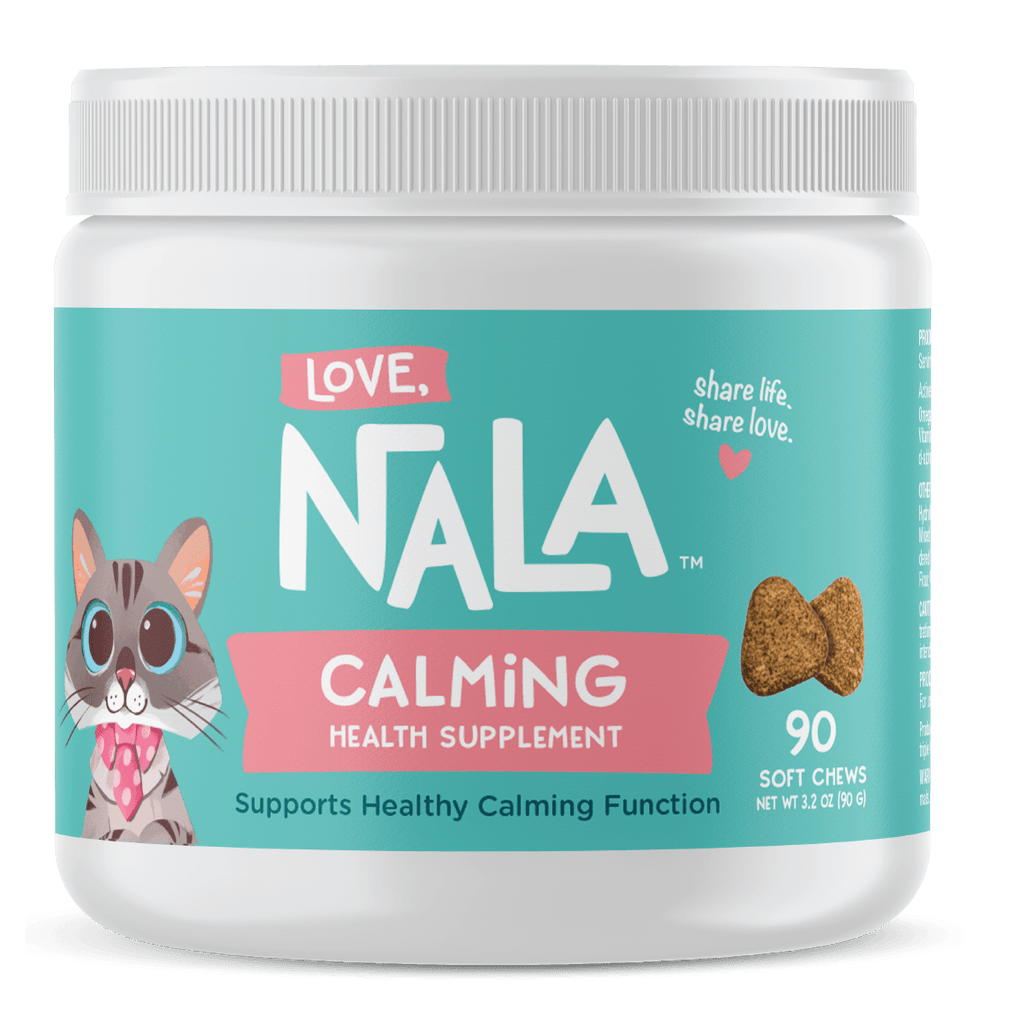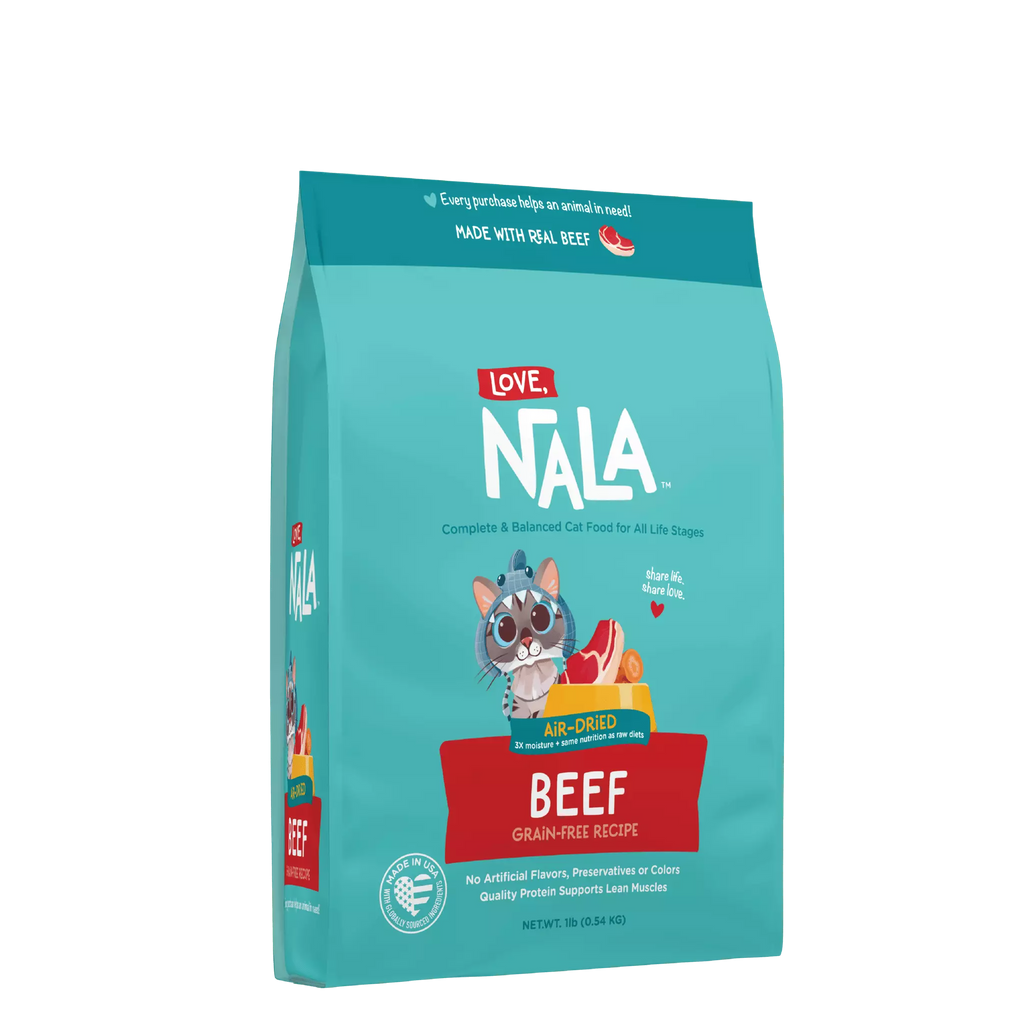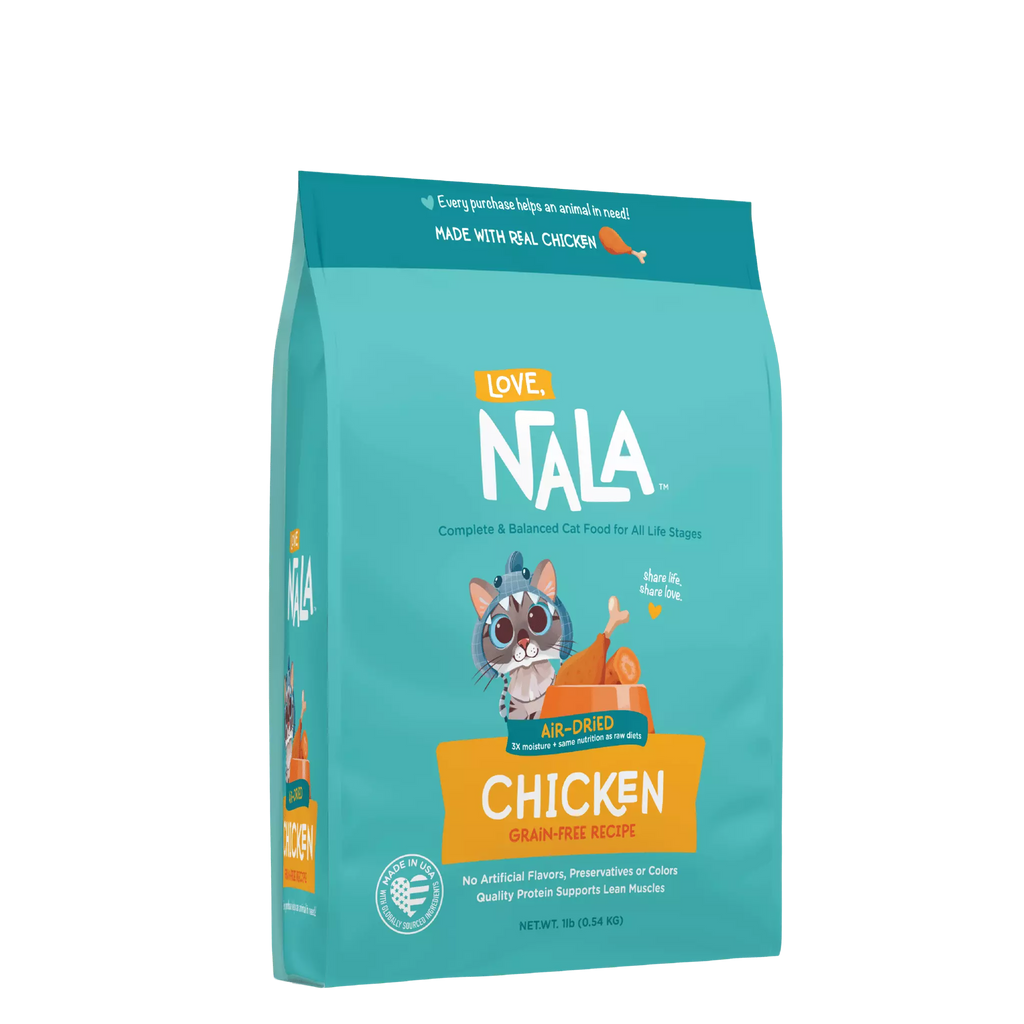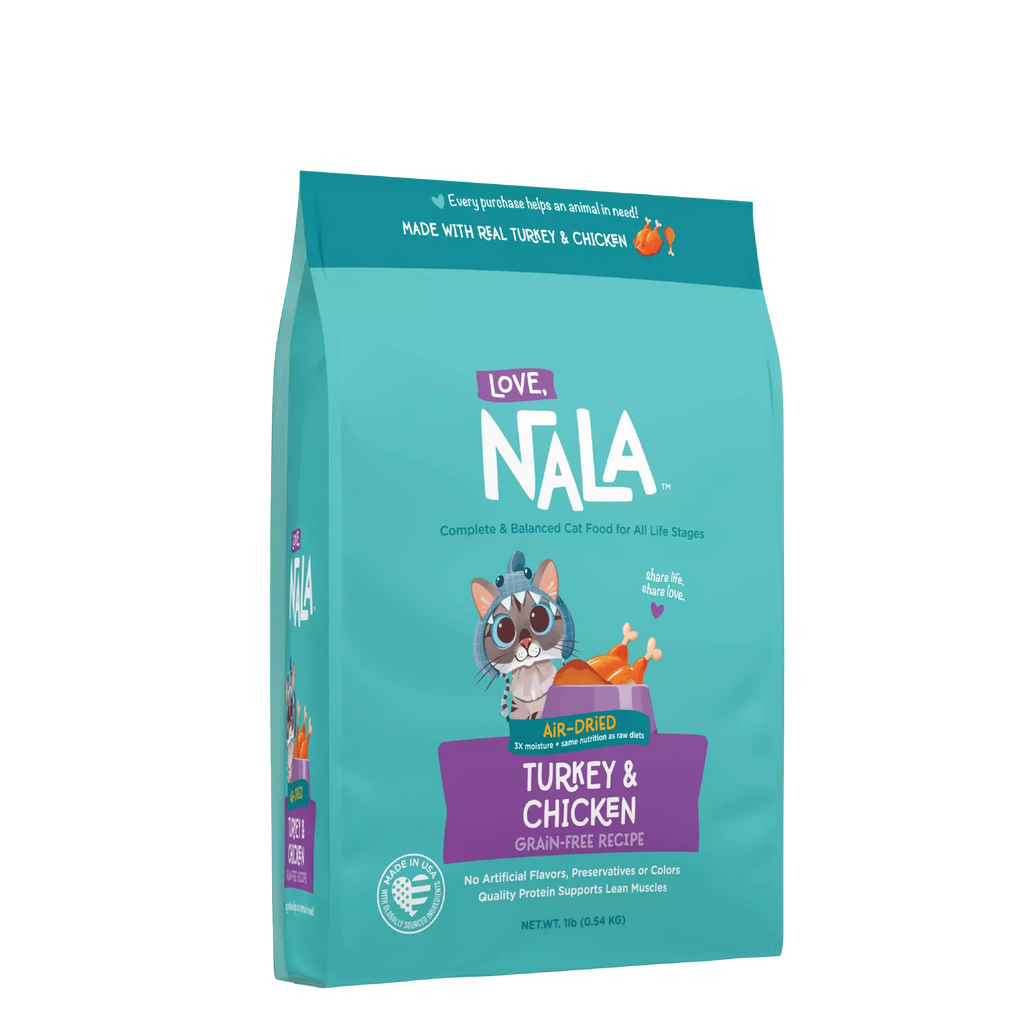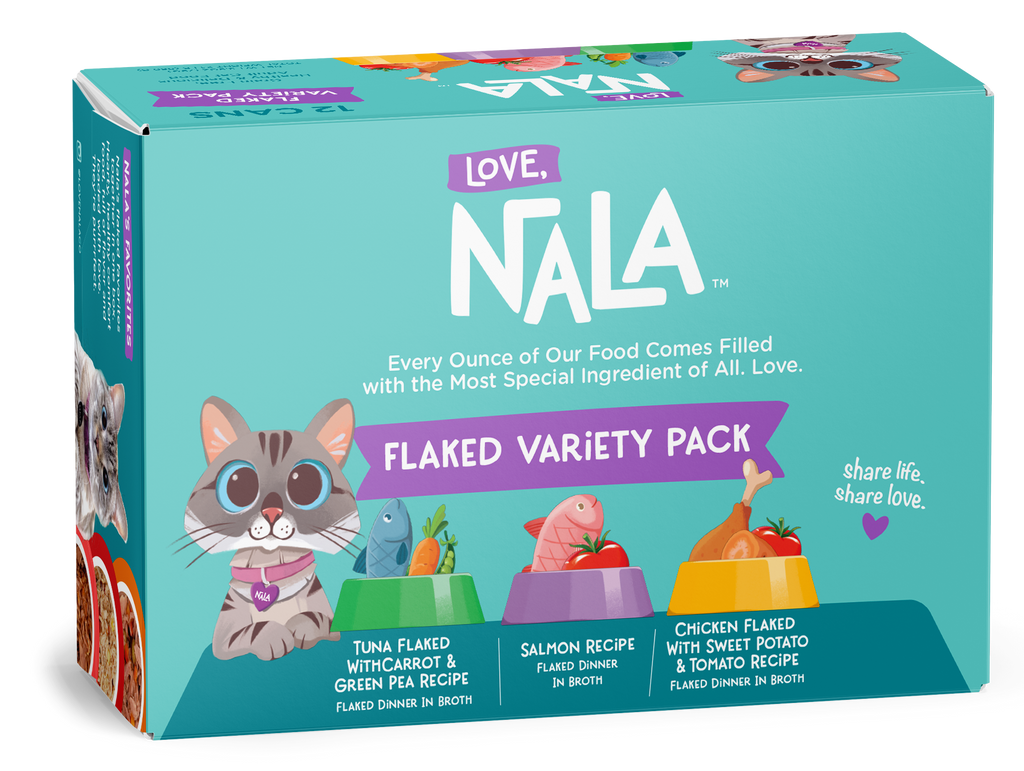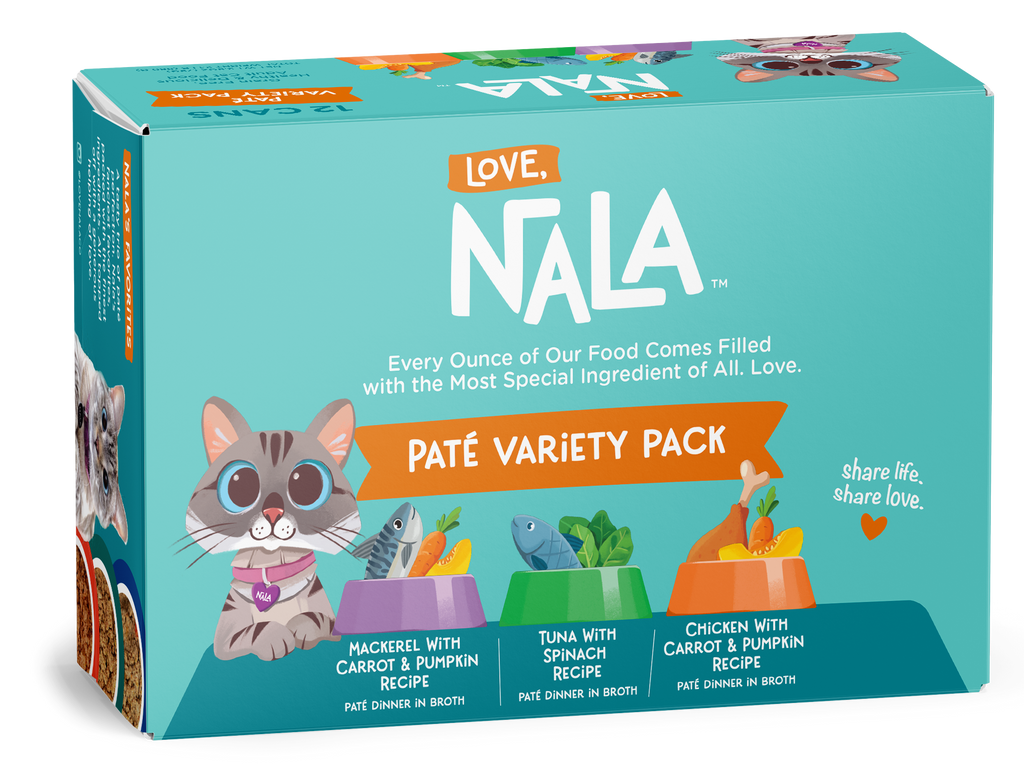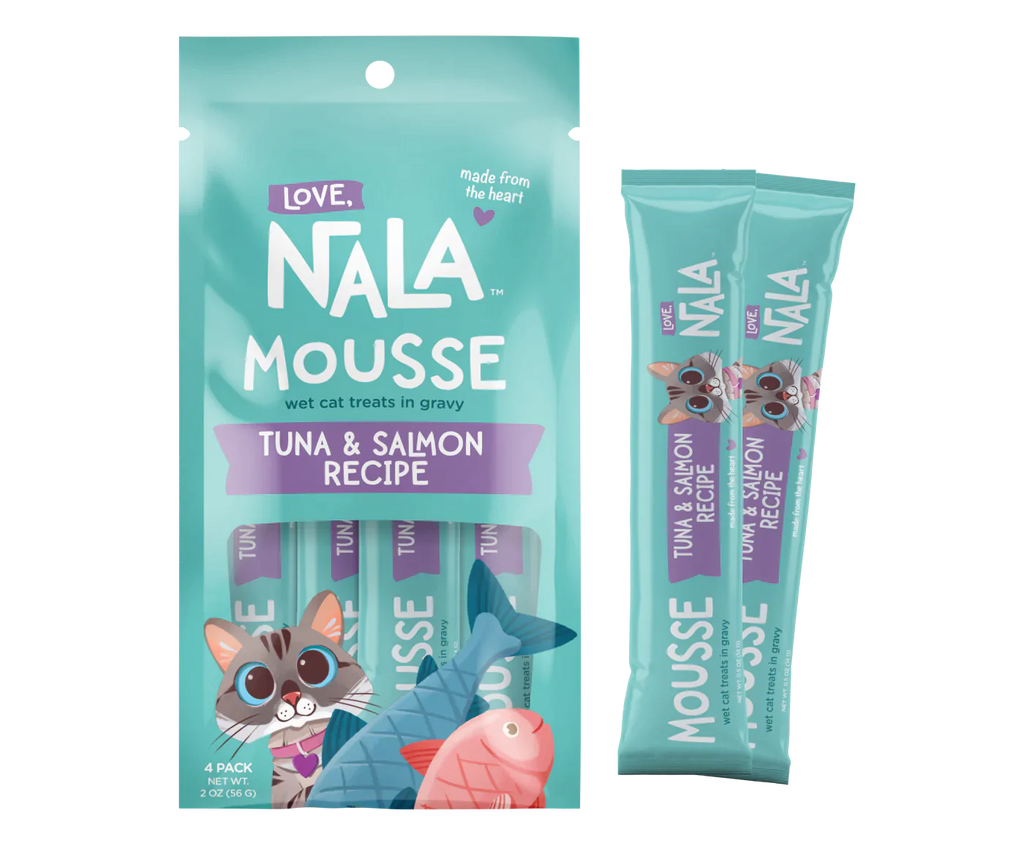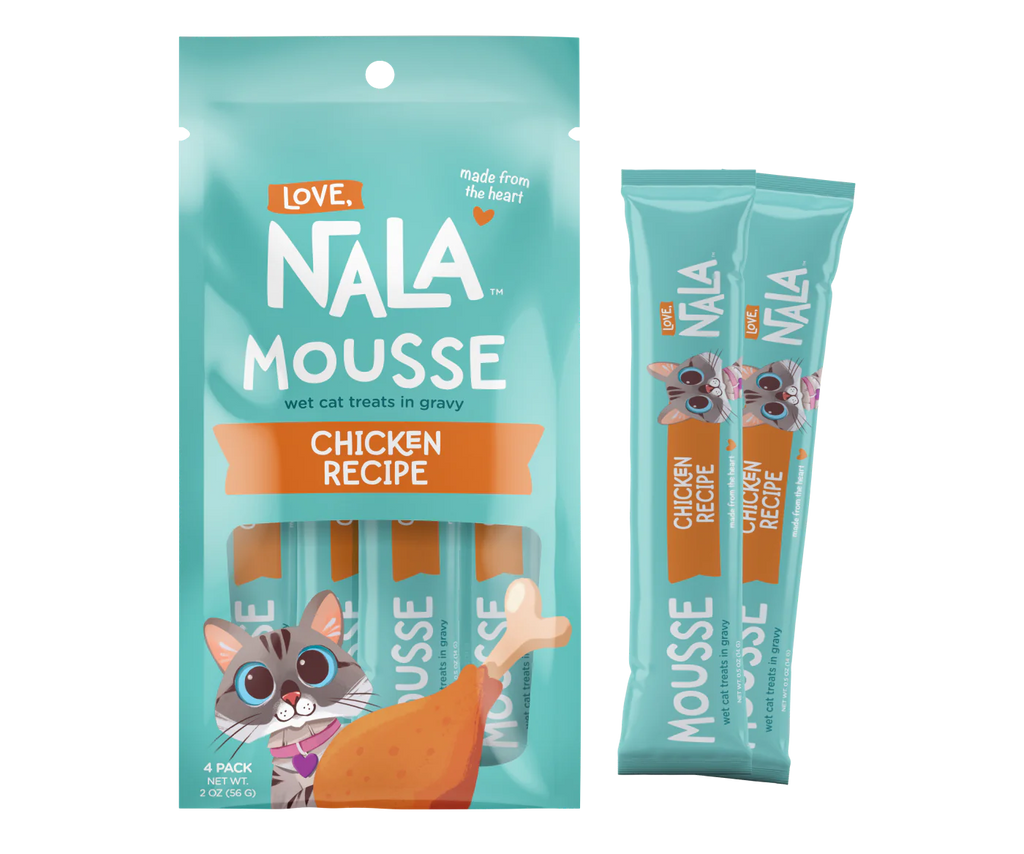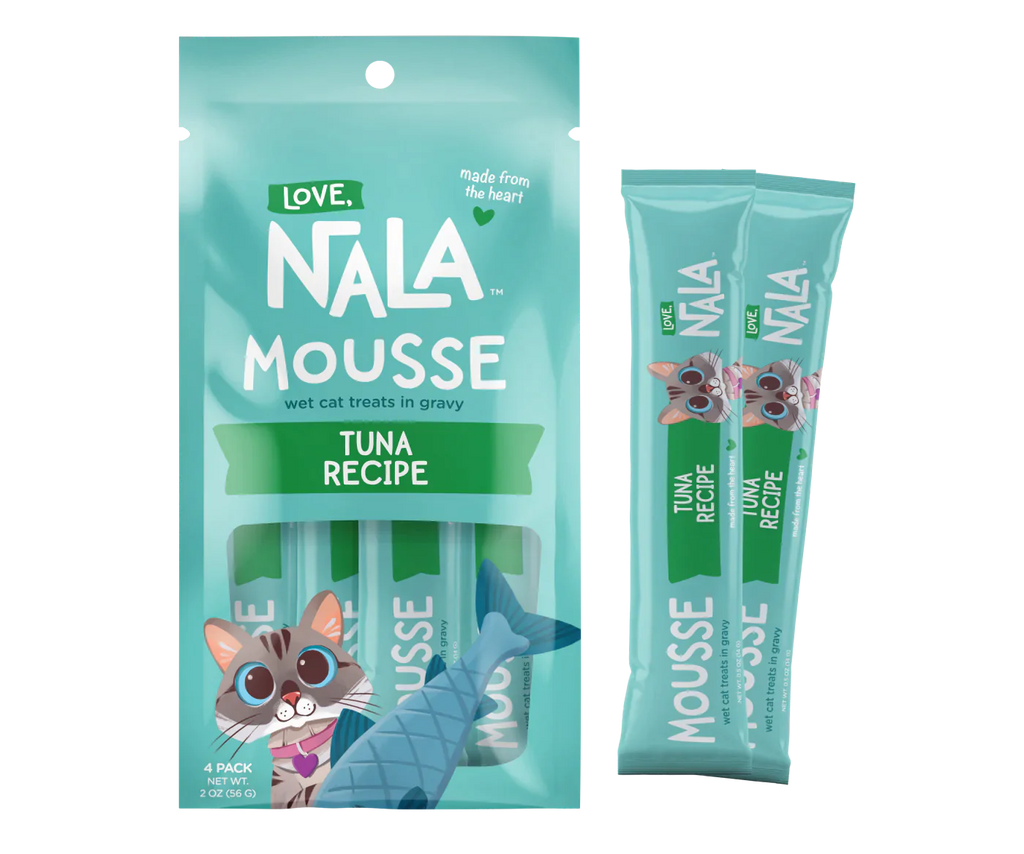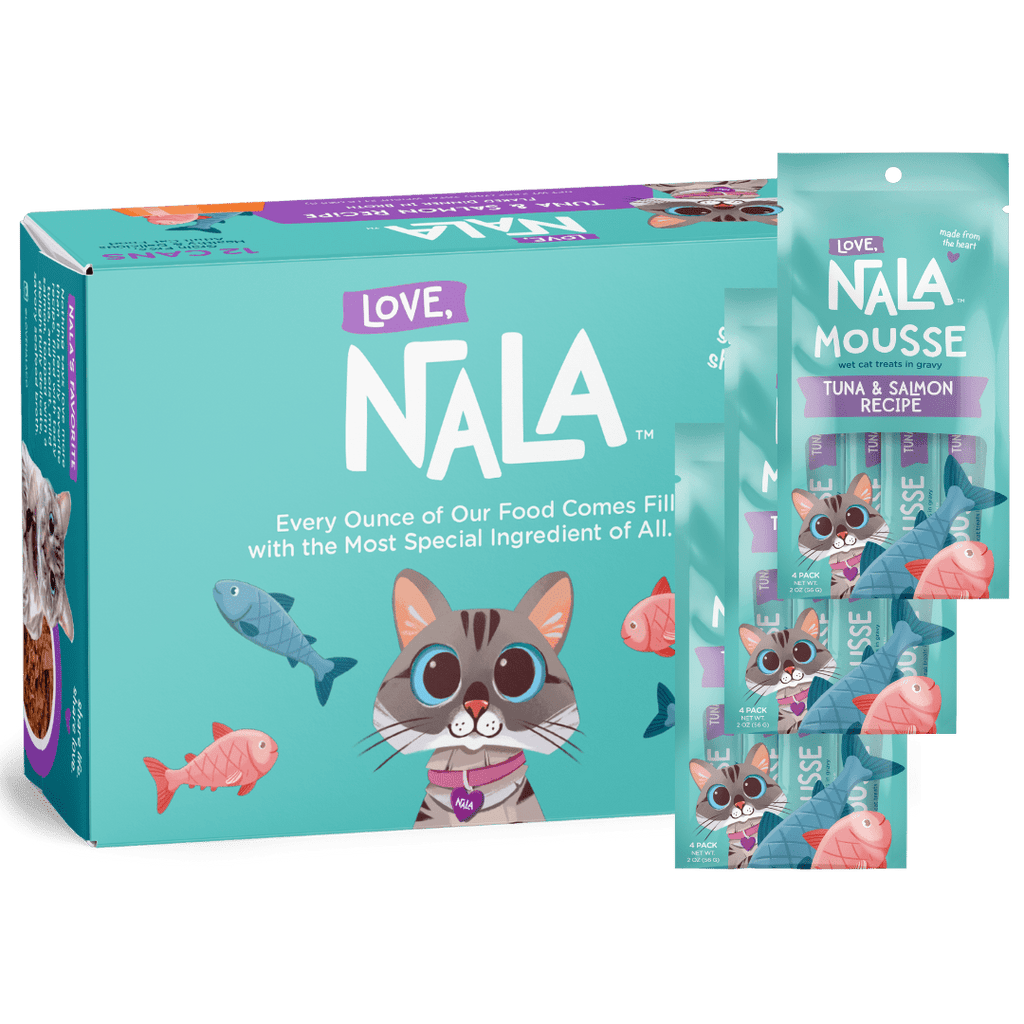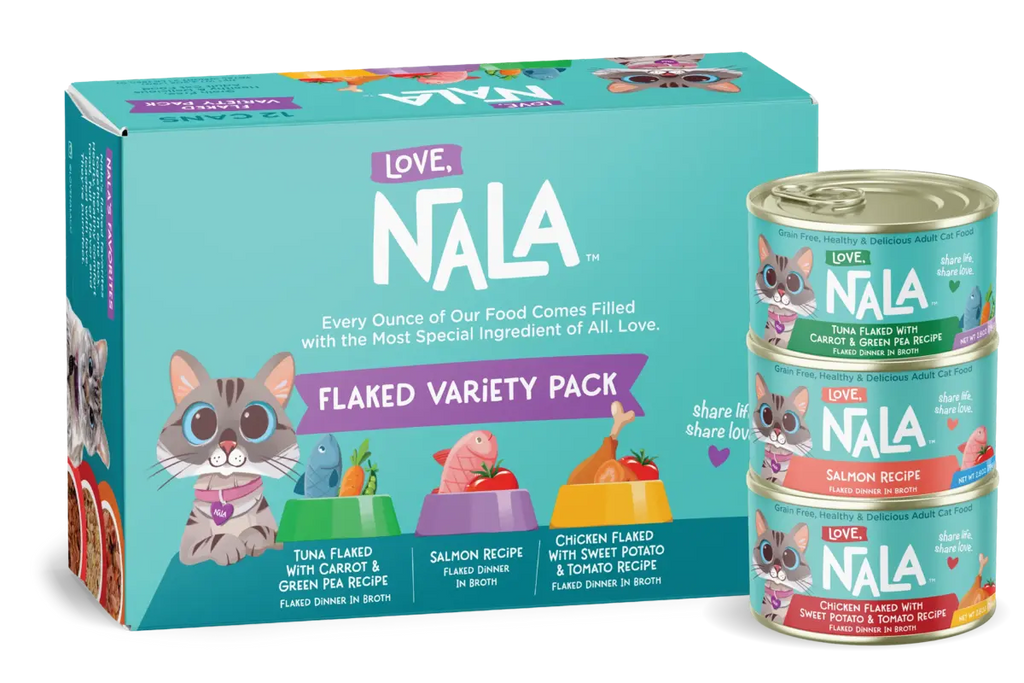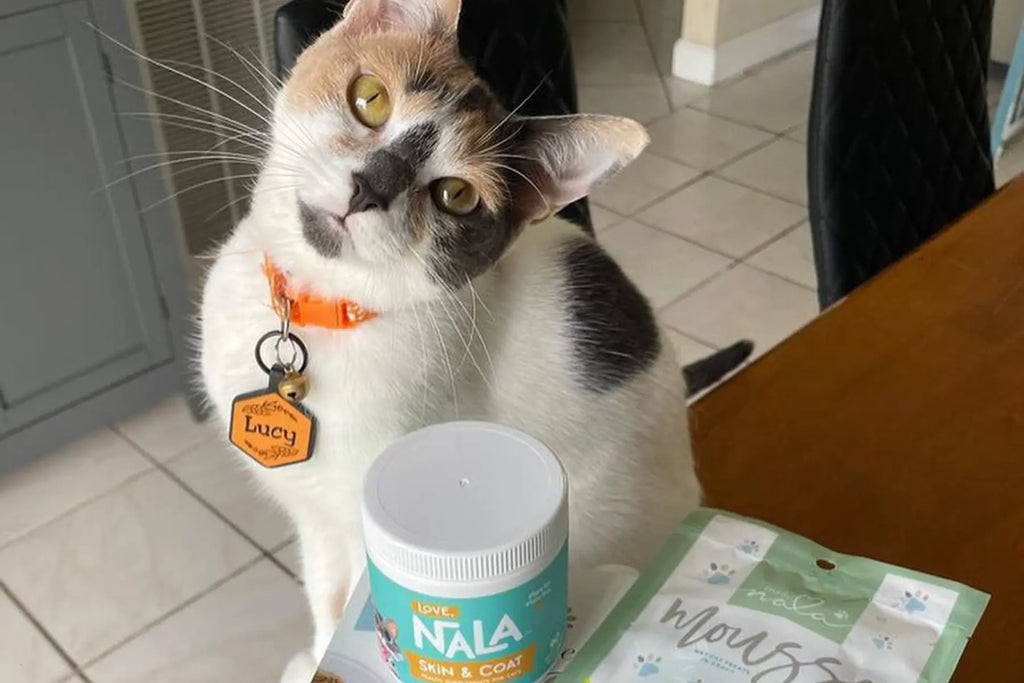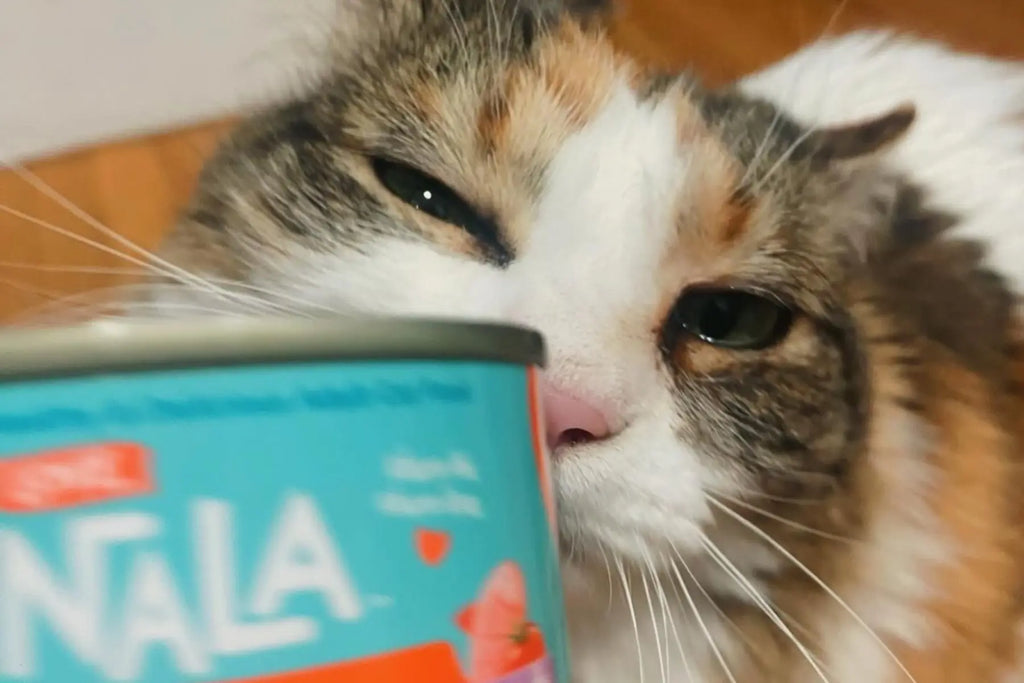Incorporating vegetables for cats into their diet can be a healthy addition, provided it's done correctly. While cats are obligate carnivores, meaning their diet should primarily consist of meat, certain vegetables can offer additional nutrients and benefits. However, it's crucial to recognize which vegetables cats can eat. Not all vegetables are suitable for feline consumption; some can be harmful. This guide aims to provide cat owners with comprehensive information about safe and beneficial vegetables for their feline friends.

List of Vegetables Safe for Cats
There are several vegetables safe for cats that can be incorporated into their diet for added nutritional value. Some of the most common and beneficial include cooked carrots and green beans, known for their fiber content and low calories. Broccoli, steamed or boiled, is another excellent choice, providing vitamins K and C. Peas, often found in commercial cat foods, are good sources of vitamins B and C, along with manganese. Each of these vegetables offers unique health benefits, but they should always be given in moderation as part of a balanced diet.
When selecting vegetables for cats, it’s important to identify those that are non-toxic and safe for them to consume. Zucchini, squash, pumpkin, and cucumber are all non-toxic options and can be a healthy addition to your cat’s diet. These vegetables should be cooked without any added salt, oil, or spices to ensure they are safe for your cat. The key is to introduce these vegetables slowly and in small quantities to avoid digestive upset.
While many vegetables are safe for cats, some can be harmful and should be avoided. Onions and garlic, for example, can cause gastrointestinal upset and may lead to more serious health issues like anemia. Similarly, tomatoes and raw potatoes contain solanine, which is toxic to cats. It’s essential to be aware of these dangerous vegetables and keep them out of reach of your feline friend.
Introducing new vegetables to a cat’s diet should be done gradually. Start with small amounts to monitor how your cat reacts, both in terms of interest and digestive response. Cook the vegetables thoroughly to make them easier to digest, and avoid adding any seasonings or oils. If your cat shows signs of gastrointestinal distress or disinterest, it may be best to try a different vegetable or consult with your veterinarian for guidance.
The Benefits of Vegetables for Cats
While meat should form the majority of a cat's diet, adding a small amount of vegetables can provide additional nutrients. These can include antioxidants, vitamins, and minerals not always found in high quantities in meat. Vegetables can offer a variety of essential vitamins and minerals that are beneficial for cats. For instance:
- Vitamin A: Essential for maintaining good vision, robust immune function, and healthy skin, vitamin A is a crucial nutrient for cats. While meat is a primary source of this vitamin, adding vegetables like carrots and spinach to a cat's diet can boost their intake. Carrots are not only rich in beta-carotene, which the body converts into vitamin A, but they also offer dietary fiber. Spinach, on the other hand, provides a multitude of vitamins and minerals, including vitamin A, contributing to the overall health and well-being of cats.
- Vitamin K: Playing a vital role in blood clotting and maintaining strong bones, vitamin K is another important nutrient for cats. Greens such as broccoli and spinach are excellent sources of vitamin K. Broccoli, in particular, is not only beneficial for its vitamin K content but also contains a variety of other nutrients, including fiber, vitamin C, and antioxidants that can support a cat's health. Spinach, alongside vitamin K, offers a wide range of nutritional benefits, making it a powerful addition to a cat's vegetable intake.
- Folate (Vitamin B9): Critical for the proper functioning of the cat's metabolic system, folate or vitamin B9 aids in the formation of DNA and genetic material. Vegetables like asparagus and spinach are rich in folate, providing a significant boost to a cat's diet. Asparagus, with its high folate content, supports cellular growth and division, while also offering other nutrients such as vitamins A, C, and K. Spinach, a versatile vegetable, is not only a source of folate but also enriches a cat's diet with iron, magnesium, and several other essential vitamins and minerals.
- Potassium: An essential mineral, potassium supports heart health, muscle function, and the proper functioning of nerves in cats. Vegetables like peas and squash are good sources of potassium, which can be an important addition to a cat's diet. Peas provide not just potassium but also fiber, protein, and vitamins A, C, and K, making them a nutritious vegetable choice. Squash, rich in potassium, contributes to cardiovascular health and helps regulate fluid balance in the body, alongside providing vitamins A and C, and fiber.
- Antioxidants: Crucial for combating free radicals in the body, antioxidants support a cat's overall health and can help prevent various diseases. Vegetables such as broccoli and carrots are packed with antioxidants. Broccoli offers compounds that have been shown to have anti-inflammatory and cancer-preventing properties. Carrots, with their high beta-carotene content, not only act as antioxidants but also support vision and immune system health. Including these vegetables in a cat's diet can enhance their defense against diseases and support their general well-being.
Incorporating these vegetables into a cat's diet can offer a variety of health benefits, from improved vision and stronger immune systems to better heart health and robust metabolic functions. It's important, however, to introduce these vegetables in moderation and ensure they are prepared safely to avoid any potential health risks, such as choking hazards or digestive issues. This approach can significantly contribute to the nutritional diversity and overall health of cats, complementing their primary meat-based diet with essential vitamins and minerals.
Selecting the Best Vegetables for Cats
When selecting cat-safe vegetables, it’s crucial to consider both safety and nutritional value. The primary criterion is to ensure the vegetable is non-toxic to cats. Next, consider the nutritional benefits the vegetable can offer. Look for those high in essential vitamins and minerals but low in calories and sugars. The vegetable should also be easy to digest for cats, meaning it should be served cooked and without any added seasonings, oils, or sauces.
Integrating vegetables into your cat's diet can enrich their nutrition and introduce beneficial vitamins and minerals. However, it's crucial to approach this change with sensitivity to their established eating habits and dietary needs. Here’s how to navigate this process:
- Start Small: Introducing vegetables should begin with incorporating a minor amount into their regular meals. This initial step is crucial for acclimating your cat to the new taste and texture without causing rejection or digestive distress. Starting with small portions ensures the transition is not abrupt, making it easier for your cat to accept and enjoy the new additions.
- Gradual Introduction: After the initial acceptance, gradually increase the vegetable quantity in their food over several weeks. This slow process allows your cat's digestive system to adjust to the dietary fiber and nutrients found in vegetables, minimizing the risk of gastrointestinal upset. It’s a way of gently integrating healthier options into their diet, ensuring that the change is beneficial and not harmful to their digestive health.
- Observe Reactions: Monitoring your cat’s reaction to different types of vegetables is essential. Just like humans, cats have their preferences and may react differently to various vegetables. Some might enjoy the crunchiness of raw bell peppers, while others may prefer the softness of steamed broccoli. Observation helps in understanding what they like and tolerate well, allowing you to tailor their diet to include those vegetables that are both enjoyed and beneficial. This step is crucial in ensuring that the introduction of vegetables is a positive enhancement to their diet.
- Respect Preferences: Acknowledging and respecting your cat's preferences are paramount in this process. If a cat consistently avoids or reacts poorly to certain vegetables, it’s important not to force these items into their diet. The goal is to enhance their nutritional intake without causing stress or aversion to meal times. Finding a balance between nutritional value and palatability is key to a successful dietary adjustment.
Carefully introducing vegetables into your cat’s diet not only has the potential to improve their nutritional intake but also introduces variety that can make meal times more interesting for them. By following these steps, you can ensure that the transition is smooth and beneficial, leading to a healthier and possibly even more enjoyable diet for your feline friend.

Incorporating Vegetables into a Cat's Diet
Introducing vegetables into your cat's diet can be done creatively to pique their interest. One method is to mix finely chopped or pureed vegetables with their regular cat food. This can be especially effective with flavorsome vegetables like pumpkin or carrot, which many cats find appealing. Creating a homemade 'broth' by boiling vegetables and using the cooled, strained liquid to moisten dry food is another enticing option. For cats that enjoy a bit of a hunt, hiding small pieces of vegetables in their food puzzle toys can add an element of fun and stimulation to their mealtime.
It's essential to follow recipes that are specifically designed for cats to ensure they're getting a balanced diet. A combination of lean meats, a small portion of safe vegetables, and necessary supplements can make a wholesome meal. Switching your cat to a homemade diet can offer more control over what your feline friend eats, potentially leading to fresher, more tailored meals that suit their specific health needs. However, this transition should not be made lightly. Consulting with a veterinarian or a pet nutritionist is critical to ensure that any diet—especially one you prepare at home—meets all of your cat's nutritional requirements. Cats have complex dietary needs that can be challenging to meet without professional guidance.
When incorporating cat vegetables into your homemade cat food, it's essential to choose those that are safe and beneficial for cats. Sprinkling small amounts of cooked vegetables over dry kibble or mixing them into wet food can boost the meal's nutritional content. This practice can be particularly useful for cats that need additional fiber or hydration in their diet.
Understanding Commercial Cat Food with Vegetables
In the world of commercial cat food, the inclusion of vegetables is becoming increasingly common. When analyzing cat food that contains vegetables, it's essential to look at the ingredient list. The quality and quantity of vegetable content can vary significantly between brands. Ideally, the vegetables should be listed after the primary meat sources, indicating that the food maintains a meat-based focus, which is essential for cats.
Understanding pet food labels is essential in selecting the most nutritious and appropriate diet for your cat. The composition of the food you choose directly impacts your cat's overall health, energy levels, and quality of life. It's important to scrutinize pet food labels to ensure you're providing the best possible nutrition. Here are detailed guidelines for what to look for on those labels:
- Real Meat as the First Ingredient: The presence of real meat as the first listed ingredient is a strong indicator of high-quality cat food. This ensures that the product is rich in essential proteins, which are crucial for building and repairing tissues and supporting overall health. Cats are obligate carnivores, meaning their bodies are designed to thrive on a diet primarily made up of meat. Choosing foods where real chicken, beef, fish, or turkey leads the ingredient list can significantly contribute to the vitality and longevity of your feline friend.
- Identifiable Vegetables: While cats are carnivorous, the inclusion of identifiable vegetables in their diet can provide necessary vitamins, minerals, and fiber which aid in digestion and overall health. Foods that list specific vegetables, such as carrots, peas, or sweet potatoes, ensure that your cat is receiving a well-rounded diet. These ingredients can enhance the food's nutritional profile and support a healthy immune system, as well as maintain optimal digestive health.
- Avoid Vague Terms: Labels containing terms like "meat by-products" or "animal derivatives" should raise a red flag. These terms often refer to lower-quality sources of protein that may include parts of animals that are less nutritious. High-quality cat food brands will be transparent about the sources of their ingredients, allowing pet owners to make informed decisions based on the specific needs and sensitivities of their cats. Avoiding vague terminology ensures that you are not feeding your pet low-quality proteins that could affect their health and well-being.
- No Fillers or Artificial Additives: Fillers, artificial colors, and preservatives are commonly used in pet food to reduce costs, enhance appearance, and extend shelf life, but they offer no nutritional benefit to your cat. Some of these substances can be harmful, causing allergies, digestive issues, and other health problems over time. Selecting cat food that is free from these unnecessary additives is crucial for maintaining your cat's health and ensuring they are only consuming ingredients that contribute positively to their diet.
Choosing the right pet food by understanding and applying these label-reading guidelines is an act of care that can lead to a happier, healthier life for your cat. Ensuring the food you select meets these criteria will provide your feline companion with a diet that supports their natural dietary needs, promotes their well-being, and can help prevent diet-related issues.
A well-formulated cat food will have a balance of protein, fat, and carbohydrates, with vegetables playing a supporting role. When selecting a vegetable-infused cat food, consider your cat's age, health status, and specific dietary needs. Kittens, adult cats, and seniors have different nutritional requirements. Also, cats with health issues like diabetes or kidney problems may need specially formulated diets. While whether are vegetables good for cats can be answered with a cautious yes, it is essential to recognize the importance of selecting the right cat-safe vegetables and preparing them appropriately. By understanding the nutritional needs of cats at different life stages and with various health conditions, cat owners can make informed decisions about incorporating vegetables into their cat's diet to promote optimal health and longevity.

Incorporating vegetables into your cat's diet offers a thoughtful way to enhance their nutritional intake, supporting a well-rounded approach to their overall health. This practice, when done correctly and in moderation, can provide cats with additional vitamins, minerals, and fiber, complementing their primary meat-based nutrition. It's crucial, however, to proceed with caution and informed choice, prioritizing vegetables that are safe and beneficial for cats, like those mentioned in this guide. Equally important is the method of preparation and the quantity incorporated into their meals, ensuring that these additions are both enjoyable and digestible for your feline friend. Observing your cat's reactions to new foods, consulting with veterinary professionals, and gradually introducing any dietary changes are key steps to ensuring a positive outcome. Ultimately, the goal is to support our cats' health, vitality, and happiness through a balanced diet that respects their carnivorous nature while exploring the safe incorporation of vegetables. This approach not only enriches their meals but also contributes to a diverse and nutritionally sound diet, fostering a life of well-being and contentment for our beloved pets.
